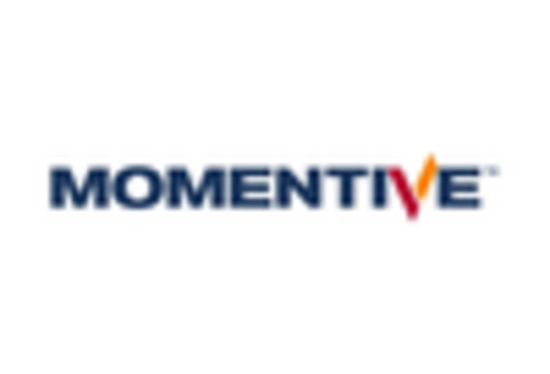Market Share
Antifog Additives Market Share Analysis
Antifog Additives Market to distinguish themselves and maximize their market share. Here are key strategies adopted by companies in this market:
Product Innovation and Differentiation: Companies focus on continuous product innovation to offer unique antifog additives with enhanced performance characteristics. This includes developing additives with improved fog resistance, clarity, and durability, suitable for various packaging materials such as plastics, films, and glass. By introducing innovative formulations and functionalities, companies can differentiate themselves from competitors and attract customers seeking superior antifog solutions for their packaging applications.
Customization and Tailored Solutions: Companies offer customization options to meet the specific needs of customers and packaging applications. This involves collaborating closely with clients to understand their packaging challenges, performance requirements, and regulatory constraints. By providing customized additive formulations, technical support, and application guidance, companies can establish strong partnerships with customers and secure long-term contracts, thereby enhancing their market share and revenue.
Technical Expertise and Research & Development: Companies invest in research and development (R&D) to develop advanced antifog additives and manufacturing processes. This includes exploring new chemical formulations, optimizing additive compositions, and improving performance characteristics such as fog resistance and compatibility with different substrates. By leveraging technical expertise and innovation, companies can introduce unique additives that offer superior antifog properties, differentiate themselves from competitors, and gain a competitive advantage in the market.
Quality Assurance and Compliance: Ensuring product quality and regulatory compliance is crucial for building trust and credibility in the Antifog Additives Market. Companies implement stringent quality control measures throughout the manufacturing process to maintain consistency, purity, and safety of their additives. Additionally, companies ensure compliance with relevant regulations and standards governing chemical additives and packaging materials. By prioritizing quality assurance and regulatory compliance, companies can earn the trust of customers and gain a competitive advantage in the market, ultimately increasing their market share.
Market Segmentation: Effective market segmentation allows companies to target specific customer segments with tailored antifog additive solutions. Companies identify distinct customer groups based on factors such as packaging materials, end-use applications, and geographical regions. By developing targeted marketing strategies and product offerings for each segment, companies can maximize their market share by addressing the unique needs of different customer groups effectively.
Strategic Partnerships and Collaborations: Collaboration with strategic partners such as raw material suppliers, technology providers, and packaging converters can help companies expand their market reach and gain a competitive advantage. Partnerships with raw material suppliers ensure a stable supply chain of high-quality additive ingredients, while collaborations with technology providers enable companies to leverage innovative additive technologies. Partnerships with packaging converters facilitate access to specialized manufacturing capabilities and expertise. By forming strategic partnerships and collaborations, companies can enhance their market share and revenue growth.
Brand Building and Marketing: Building a strong brand presence and effective marketing are essential for attracting customers and gaining market share in the Antifog Additives Market. Companies invest in brand building initiatives such as advertising campaigns, participation in industry events, and online marketing strategies to increase brand awareness and visibility. By developing a strong brand identity and communicating key value propositions such as performance, reliability, and innovation through marketing channels, companies can differentiate themselves from competitors and influence purchasing decisions, ultimately driving market share growth.
Customer Relationship Management: Establishing and maintaining strong relationships with customers is crucial for gaining market share in the Antifog Additives Market. Companies invest in customer relationship management initiatives such as providing excellent customer service, offering technical support, and conducting regular customer feedback surveys to build trust and loyalty among customers. By understanding customer needs and preferences and addressing their concerns promptly, companies can enhance customer satisfaction, retain existing customers, and attract new ones, thereby driving market share growth.

















Leave a Comment